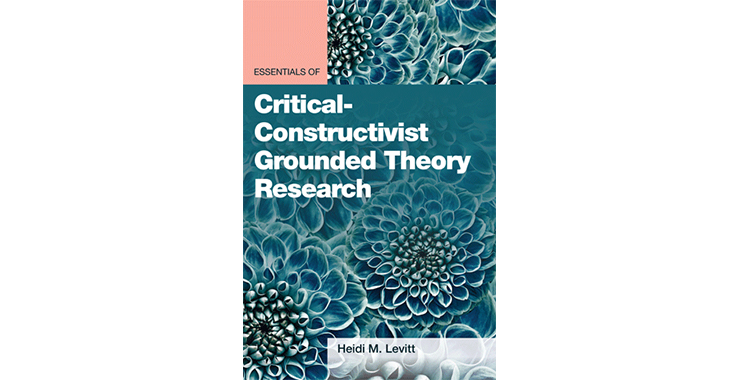

They are recorded through interviews, observations and other data sources. These are sets of words used to describe the meaning of a phenomenon. The following processes are common features: There are several methods of conducting grounded theory research. Grounded theory is a relatively recent addition to the tools at a researcher’s disposal.

A data description is the researcher’s algorithm for collecting and organizing data while also constructing a conceptual model that can be tested against new observations. In grounded theory research, the framework description guides the researcher’s own interpretation of data. They continue until they reach sample saturation, in which no new information upsets the theory they have formulated. Through a comparison of these concepts, they plan theories. Researchers collect data through any means they prefer and then analyze the facts to arrive at concepts. Grounded theory is a qualitative method designed to help arrive at new theories and deductions.
#Grounded theory research how to
How To Conduct Grounded Theory Research.Let’s take a closer look at grounded theory research. It also shifted focus away from the existing practice of verification, which researchers felt didn’t always produce rigorous results. The inductive method allowed the analysis of data during the collection process. Grounded theory qualitative research was considered path-breaking in many respects upon its arrival. The grounded theory approach has been used by researchers in various disciplines, including sociology, anthropology, psychology, economics and public health. These explanations are called ‘grounded’ because they are grounded in the participants’ own explanations or interpretations.īarney Glaser and Anselm Strauss originated this method in their 1967 book, The Discovery Of Grounded Theory. Grounded theory is a qualitative research approach that attempts to uncover the meanings of people’s social actions, interactions and experiences.


 0 kommentar(er)
0 kommentar(er)
